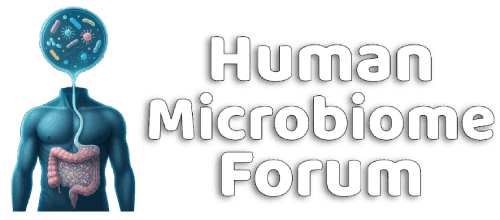Michael Harrop
Well-known member
https://science.ku.dk/english/press/news/2024/widespread-practice-among-athletes-harms-both-performance-and-health/
https://www.sciencedirect.com/science/article/pii/S2213231724002283

https://www.sciencedirect.com/science/article/pii/S2213231724002283
Drastically cutting back on caloric intake to lose weight ahead of competition is commonplace among athletes. However, this type of 'dieting' doesn’t just diminish performances, it can also compromise their immune systems.
Highlights
- Increases immune cell oxidative stress but not inflammatory markers.
- Increases resting systemic cortisol and alters the plasma immune proteome.
- Impairs endurance and intense exercise performance.
Abstract
Introduction
The effects of low energy availability (LEA) on the immune system are poorly understood. This study examined the effects of 14 days of LEA on immune cell redox balance and inflammation at rest and in response to acute exercise, and exercise performance in female athletes.
Methods
Twelve female endurance athletes (age: 26.8 ± 3.4 yrs, maximum oxygen uptake (VO2max): 55.2 ± 5.1 mL × min−1 × kg−1) were included in a randomized, single-blinded crossover study. They were allocated to begin with either 14 days of optimal energy availability diet (OEA, 52 ± 2 kcal × kg fat free mass (FFM)−1 × day−1) or LEA diet (22 ± 2 kcal × kg FFM−1 × day−1), followed by 3 days of refueling (OEA) with maintained training volume. Peripheral blood mononuclear cells (PBMCs) were isolated, and plasma obtained at rest before and after each dietary period. The PBMCs were used for analysis of mitochondrial respiration and H2O2 emission and specific proteins. Exercise performance was assessed on cycle by a 20-min time trial and time to exhaustion at an intensity corresponding to ∼110 % VO2max).
Results
LEA was associated with a 94 % (P = 0.003) increase in PBMC NADPH oxidase 2 protein content, and a 22 % (P = 0.013) increase in systemic cortisol. LEA also caused an alteration of several inflammatory related proteins (P < 0.05). Acute exercise augmented H2O2 emission in PBMCs (P < 0.001) following both OEA and LEA, but to a greater extent following LEA. LEA also reduced the mobilization of white blood cells with acute exercise. After LEA, performance was reduced in both exercise tests (P < 0.001), and the reduced time trial performance remained after the 3 days of refueling (P < 0.001).
Conclusion
14 days of LEA in female athletes increased cortisol levels and had a pronounced effect on the immune system, including increased capacity for ROS production, altered plasma inflammatory proteome and lowered exercise induced mobilization of leukocytes. Furthermore, LEA resulted in a sustained impairment in exercise performance.
Graphical abstract

- Format correct?
- Yes
